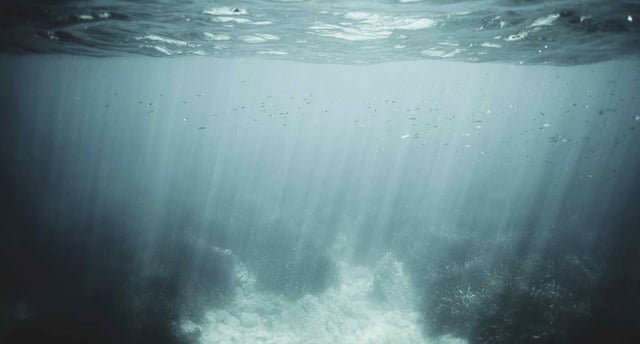Overview
- Over 400 underwater sites in the U.S. are potentially contaminated with unexploded ordnance (UXO) from WWII, posing safety risks as many transition to civilian use.
- Connor Hodges, a PhD student at the University of Texas at Austin, presented research on how corrosion and biofouling weaken the acoustic signatures of UXOs, making them harder to detect with traditional sonar.
- Experiments on AN-Mk 23 practice bombs submerged for 80 years revealed that degradation significantly alters acoustic resonance, leading to weaker sonar signals.
- Weakened detection capabilities increase the risk of UXOs being misclassified or undetected, which could result in accidental detonation in shallow waters.
- Hodges aims to expand his research to other types of munitions and degradation scenarios, contributing to improved sonar models for military, environmental, and humanitarian operations.


